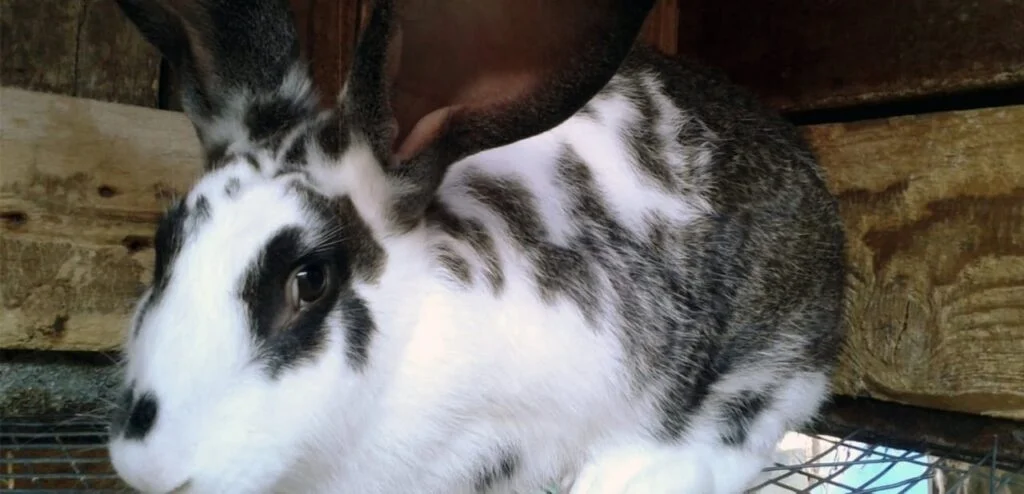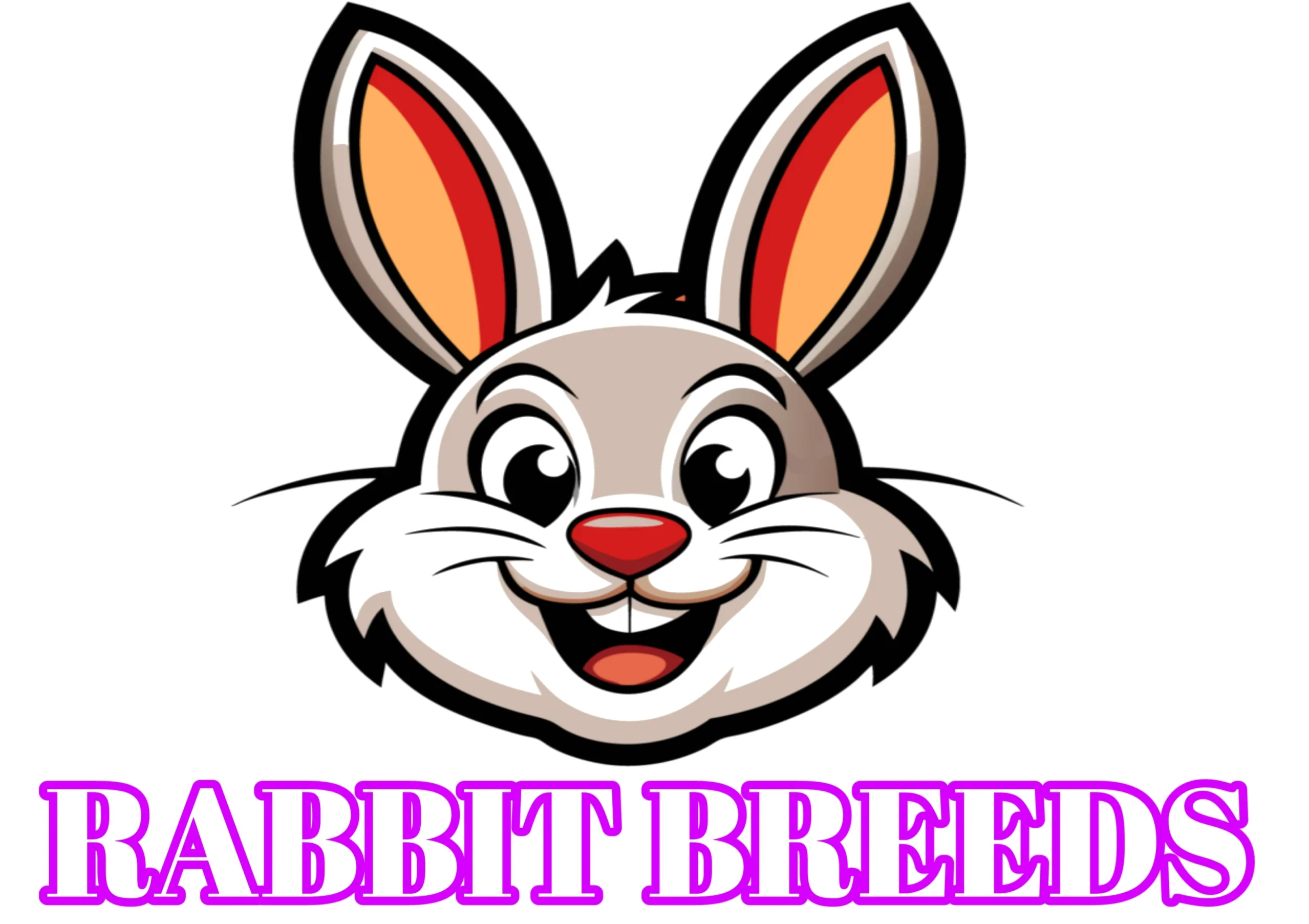Checkered Giant Rabbit Breeds | Overview and Care Guide
The Checkered Giant is a strikingly large domestic rabbit known for its unique coat pattern, muscular build, and energetic personality. Easily recognized by the distinctive black or blue markings on a white background, the Checkered Giant is one of the largest rabbit breeds acknowledged by the American Rabbit Breeders Association (ARBA). With a lean, athletic frame and powerful limbs, these rabbits were initially developed for meat production but quickly gained popularity as show animals due to their visual appeal. They are playful, intelligent, and often more independent than smaller breeds, making them a better choice for experienced rabbit keepers who can accommodate their active lifestyle and spatial needs.
This breed requires attentive care, ample space, and consistent interaction. In this comprehensive guide, we’ll cover the Checkered Giant’s origin, classification, physical and behavioral traits, ideal care regimen, and tips for responsible ownership. Whether you’re a breeder, a show enthusiast or an avid rabbit lover, this guide will help you understand and appreciate this magnificent breed.

History of Checkered Giant Rabbit
In the late 1800s, predominantly in Germany and France, the Checkered Giant rabbit was first crossbred. The aim was to produce a rabbit that possessed remarkable size, agility, and patterns that were easy on the eyes. Breeders at the time were using crossbreeding methods with various species. In order to achieve their target, they first crossed more robust breeds like the French Lop and Flemish Giant with Spotted Lops and Streaked English Rabbits. Such hybrids not only showcased the stunning figure of the larger breeds, but also the well-balanced symmetrical markings that served aesthetic purposes.
By the beginning of the 20th century, it was gaining immense popularity in rabbit shows and exhibitions in Europe, and was being recognized as a standardized breed. It was eventually recognized by the ARBA in the United States in 1919. After this point, the breed was popularized all across show circles due to their stunning coat patterns and refined structures. Although they were initially bred for meat, it is now used in competitive shows, and owned as pets by individuals who appreciate their energetic nature and striking appearance.
Checkered Giant Rabbits Classification
By Purpose
The Checkered Giant was developed mainly as a meat breed utilising its size and massive muscles as an advantage. Its symmetrical markings, however, made it a show breeders’ favourite as well as rabbit aficionados. Now, the breed is mostly focused on at rabbit shows and fairs. The breed is also known to have specific markings that are butterfly shaped on the nose. The breed also has specific markings that are considered a must for good showing placings—nose butterflies, eye circles, cheek spots, and spinal stripe—and many other side spots.
Some rabbit enthusiasts do consider keeping unicorn rabbits as pets, but not as a typical first pet. Because the rabbits are so large and active, they do require a fair bit of space and exercise and thus tend to fare better in larger homes because of the time needed for pet care. As they do not get popular in meat production because of the more popular breeds that get meat faster for feeds, the breed does have an interesting history when it comes to agriculture.
By Size
Rabbits in the Checkered Giant breed belong to the larger breeds in the rabbit turn. An adult male or female in the Checkered Giant breed could weigh anywhere between 10 – 12 pounds, however, some individuals do exceed 15 pounds, with most of them being males. Unlike other giant breeds like the Flemish Giant which has a broad and stocky body, the Checkered Giant has an athletic, slender, and long frame. Unlike sheer bulk, their physique is streamlined for agility and movement.
With their muscular yet refined frame, these rabbits are equipped with long powerful legs for jumping and swift movement. Their well-proportioned head and upright ears are indicative of the size of the rabbit. These rabbits not only stand out because of their size, but also their elegant posture and dynamic movement that enables them to steal the show on the show table.
Most Popular Characteristics of the Checkered Giant
Out of all the points of what makes the Checkered Giant stand out, most fur patterns checkered garnets are known for are their extraordinary coat patterns. This breed has a short but dense coat of brilliant white fur marked with either black or blue symmetrical markings. They include:
- A butterfly-shaped marking over the nose.
- True eye circles around both eyes.
- Ear coloring
- And a full stripe running internally on the dorsal side of the spine: the dorsal stripe.
- Bold patches along both sides of the body.
- Additional spots may be present on the legs.
Symmetry is very important for show contests as markings that deviate from the masterpiece can strip the rabbit from earning prestigious titles. Aside from its aesthetics, the Checkered Giant is known for its eccentric character. Unlike some of the more mellow giant breeds, the Checkered Giant is lively, curious, and at times, stubbornly self-sufficient. They appreciate walking around, checking new spots, and can become quite uninterested without adequate stimulation. Because of this, the rabbit would do best in the hands of more dedicated owners who can commit to the required time and space offered for appropriate enrichment and exercise.
Reasons to get a Checkered Giant
Selecting a Checkered Giant requires deeper thought in regards to your living situation and how well you can fulfill these requirements emotionally and physiologically. Built as of these robust athletes, the rabbits best thrive in spaces designed to accommodate their need to hop, march, and explore. This breed cannot be kept in a small cage, but a large indoor playpen or a sturdy outdoor hutch with a built-in run and predator-proof enclosure would suffice.
As a result of the rabbit’s active lifestyle, it encourages them to exercise regularly, as well as stimulating them mentally. Chewable toys, tunnels, and platforms all aid in preventing boredom and reducing destructive behavior. Their diet needs to be balanced due to the energy they require. Unlimited hay, leafy greens, and high-quality pellets are a must. Treats need to be highly restricted.
Bunnies with those smooth furs barely need grooming. However, seasonal shedding can be reduced with weekly brushing. Routine checkups should be enforced. The constant growth of their teeth requires attention, alongside likely injuries or infections of the ears. While these bunnies are not the most cuddly, positive and frequent handling will make them bond well with keen owners.
Explore Other Popular Breeds
Tips for Responsible Checkered Giant Ownership
Unique responsibilities arise with owning a checkered giant. Always place cleaning, ventilation, and removing clutter in your living space for the animals as top tier. Standard cages simply will not do; these rabbits require a large enclosure to accommodate all of their energy. Outdoor habitats require protection from predators while remaining shaded and well regulated in temperature. Allocate time every day for exercise outside of their enclosure in a rabbit-proofed area. Mental engagement is important as well. Rotating toys, training them with treats to perform tricks, or designing obstacle courses for them are all effective methods.
While Checkered Giant rabbits are not overly affectionate, they are social animals that greatly benefit from human interaction and enhancement. Maintenance health care needs to be done regularly and includes inspecting their teeth (some may need trimming), nail clipping, ear checking for mites and infection, and cleaning the litter areas. For good health they require a fiber rich diet and fresh water. All medical attention necessary from a rabbit-knowledgeable veterinarian should be scheduled every year or more often if other issues present themselves. A fascinating, athletic, and intelligent pet will be the outcome when owners invest both time and effort.
Checkered Giants Fun Facts
One of the Largest Rabbit Breeds: Checkered giant has a weight not less than 15 pounds yet its body is more slender than other giant breeds like the Flemish Giant.
Unique Markings: No two Checkered Giants have identical markings. Every rabbit’s pattern is made of symmetrical spots with a butterfly nose.

Highly Energetic: Checkered Giants are active rabbits. They enjoy running, hopping, and exploring their surroundings, so they will not be found on the owner’s lap.
Formidable Jumpers: These rabbits are specially bred for superb jumping ability and swift movements due to their athletic build and long legs.
Historical Show Favorites: The Checkered Giants have been one of the foremost breeds showcased in rabbit shows across the U.S. ever since they were first brought to this country in the year 1919.
FAQs about Checkered Giant Rabbits
Conclusion
The Checkered Giant blends enormous size with agile movement while achieving a majestic look. Originally raised for meats and commercial purposes, this breed has claimed its spot in rabbit shows and as an engaging pet for rabbit enthusiasts. The rabbit’s bold markings and high energy levels set it apart from the rest of the rabbit breeds, but require thoughtful care and dedication.
If given room, stimulation, and attention, the Checkered Giant can be a colorful addition to the family while showcasing brilliance throughout the years. With love, this breed is able to live a long, active, and healthy life, making them a truly remarkable rabbit.
